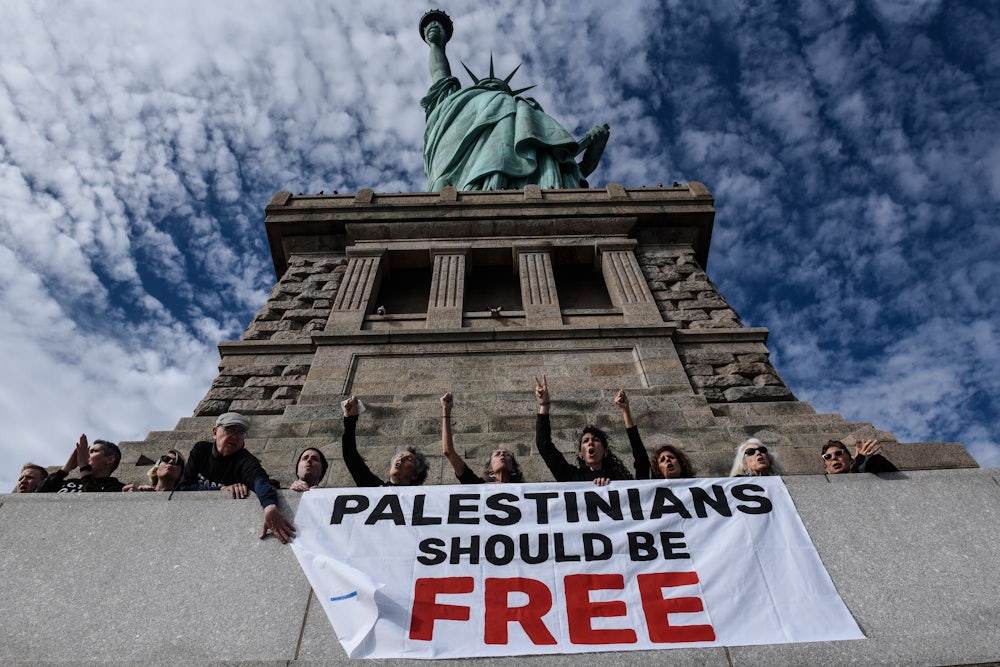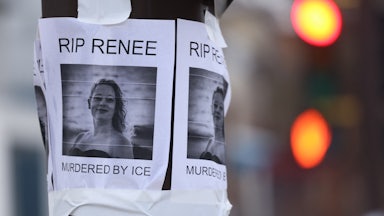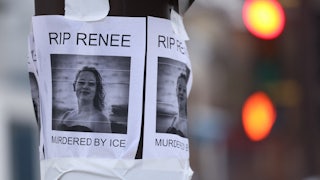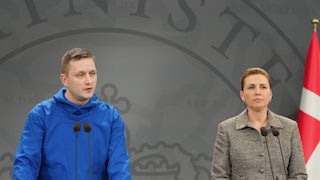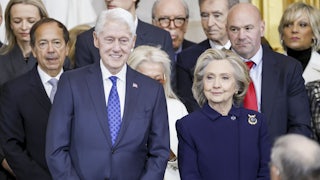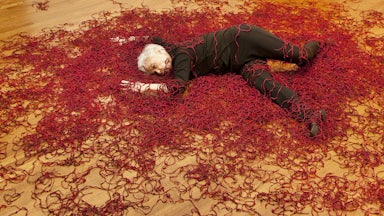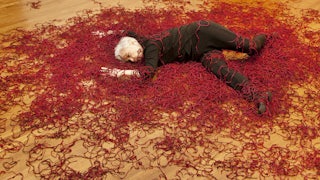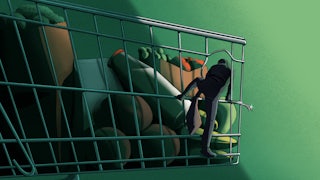At the height of McCarthyism in the early 1950s, Jewish community councils across the country threw out a group: the Jewish People’s Fraternal Order, a subsidiary of the International Workers Order. A workers’ group with Communist leanings, it was too far left and too political to exist within the fold anymore.
The Jewish establishment did not only send this organization into exile. In the late 1940s and early 1950s, as senators investigated Hollywood’s role in promoting Soviet propaganda and the House Un-American Activities Committee worked to investigate Soviet influence more broadly, some argued that “Soviet” or “Communist” was code for “Jew.” The Red Scare was at least in part an antisemitic project, and mainstream American Jewish groups made a choice. The Anti-Defamation League and American Jewish Committee purged Communists and Communist sympathizers and went so far as to turn files over to HUAC.
This is often presented and understood as an action taken out of fear. As Geoffrey Levin, assistant professor of Middle Eastern studies and Jewish studies at Emory, writes in his new book, Our Palestine Question, “In a period marked by McCarthyism, the Rosenberg trials, and the House Un-American Activities Committee investigations, the question of whether accusations of divided Jewish loyalties threatened to roll back the gains made in the fight against anti-Jewish feelings was hardly theoretical.” It is not difficult to understand why, in the wake of the Red Scare of the early-1900s and in the shadow of World War II, American Jews would be afraid and act defensively.
There was another dimension, too, argued Hasia Diner, professor emerita of New York University’s history and Judaic studies departments. The Jewish establishment, she said, was “articulating a position that reflected both the fear and the desire to not have those views represented.” If their stability was threatened by Jewish Communists, so, too, she argued, were their sensibilities.
“Fear and abhorrence are almost two sides of the same coin,” she said.
Seven decades later, Jewish communities find themselves in a similar position in the wake of Hamas’s Oct. 7 attack. As millions—including many progressive Jews—called for a cease-fire as Israel retaliated against Hamas by relentlessly bombing densely packed parts of Gaza, the ADL Washington, D.C., called anti-Zionist groups antisemitic. The ADL also deemed Jewish-led rallies for cease-fires as antisemitic attacks, in addition to including pro-Palestine rallies in its report on antisemitic incidents.
In November, Jewish Voice for Peace, an anti-Zionist Jewish group, and IfNotNow, a self-described “movement of American Jews organizing our community to end U.S. support for Israel’s apartheid system and demand equality, justice, and a thriving future for all Palestinians and Israelis,” gathered outside the Democratic Party headquarters in Washington, D.C. Protesters said they were peaceful, and that police attacked them. David Weigel, a Semafor reporter who was at the scene, confirmed that protesters tried to block entrances, but did not break in, and described the event as “illegal civil disobedience.” T’ruah, a rabbinic human rights group, criticized the police. Others took a different approach.
“This Wed, some congressional offices were put on lockdown & 6 officers were injured during a JVP & If Not Now protest outside DNC headquarters,” tweeted ADL Washington, adding, “We continue to be concerned by these radical anti-Israel groups & the way their actions impact our communities.”
One could be forgiven for reading both fear and abhorrence in the post.
The mood in the wake of Oct. 7 has been described in some corners as a kind of new Red Scare or new McCarthyism, this time intended to ferret out not Soviet or Communist sympathy, but pro-Palestinian speech.
There are, of course, real differences between our moment and the Red Scare, in which the state itself put the onus on thousands to prove their innocence and loyalty to this country. Still, civil rights and free speech advocates are not exactly short on moments to cite when expressing their concerns: The presidents of Harvard and the University of Pennsylvania stepped down from their positions after failing to offer full-throated condemnation of student protests after Oct. 7 at a congressional hearing. Palestine Legal, a nonprofit that offers “legal support to the Palestine solidarity movement,” described an “exponential surge” in their caseload. Palestinian cultural events have been canceled across the country. “Doxing trucks” pulled up to university campuses to list the names and show the faces of students who have called for divestment from Israel, among other things. Pro-Palestinian speech has long been targeted by critics. But those alleging a new McCarthyism argue that the effort to silence pro-Palestinian voices is now being done with a new fervor and intensity.
Today, mainstream Jewish institutions and establishments, driven in part by fear, are once again more solidly defining the borders of acceptable American Jewish political belief, this time casting Jewish groups and individuals questioning Zionism as being on the outside. And in looking specifically at the behaviors of Jewish institutions toward dissenting Jews then and now, one small slice of a larger story, we can perhaps see similar impulses at work and gain insight into the ways not only in which these moments vary, but in which they are alike, and see the threats posed by those similarities for Jewish—and American—communities.
Some reject the idea that the Red Scare is a useful frame for understanding the moment we are in now. “To my mind, it’s really not an apt comparison,” Ken Jacobson, deputy national director of the ADL, wrote in an email. There is room for criticism of Israel, he argued, but there should be consequences when it crosses the line into antisemitism. “Unlike McCarthyism,” he wrote, “this is not about politics, essentially, but about the long history of Jew hatred and how the events in Israel and Gaza are bringing those themes out once again.”
Even for those who see a parallel, and who do clearly see the moment as being about politics, the comparison is not one to one. The scale and scope are different: As Benjamin Balthaser, associate professor of English at Indiana University South Bend, put it, the Red Scare “completely rewrote America.” Hundreds were imprisoned, and thousands lost their jobs. And though the experience of being called antisemitic or not Jewish by another Jew can be painful, it is not the same as Jews pushing for or defending Julius and Ethel Rosenberg’s executions at the hands of the state in 1953.
During the Red Scare, moreover, Christian support for Israel had not yet solidified; “Zionist,” “Jew,” and “Communist” were sometimes used as interchangeable insults; and the AJC even formed a subcommittee to look at “the impact of Israel on American Jews.” One could argue that this is in fact as much a continuity as it is a change. Zionism, Balthaser argued, has since become “part of the civic apparatus.” Since the late-1960s, to be a good American and to be a good Zionist are the same. From this view, then as now, mainstream Jewish groups are on the side of the state (and, indeed, to protest Israel’s war is also to protest U.S. foreign policy).
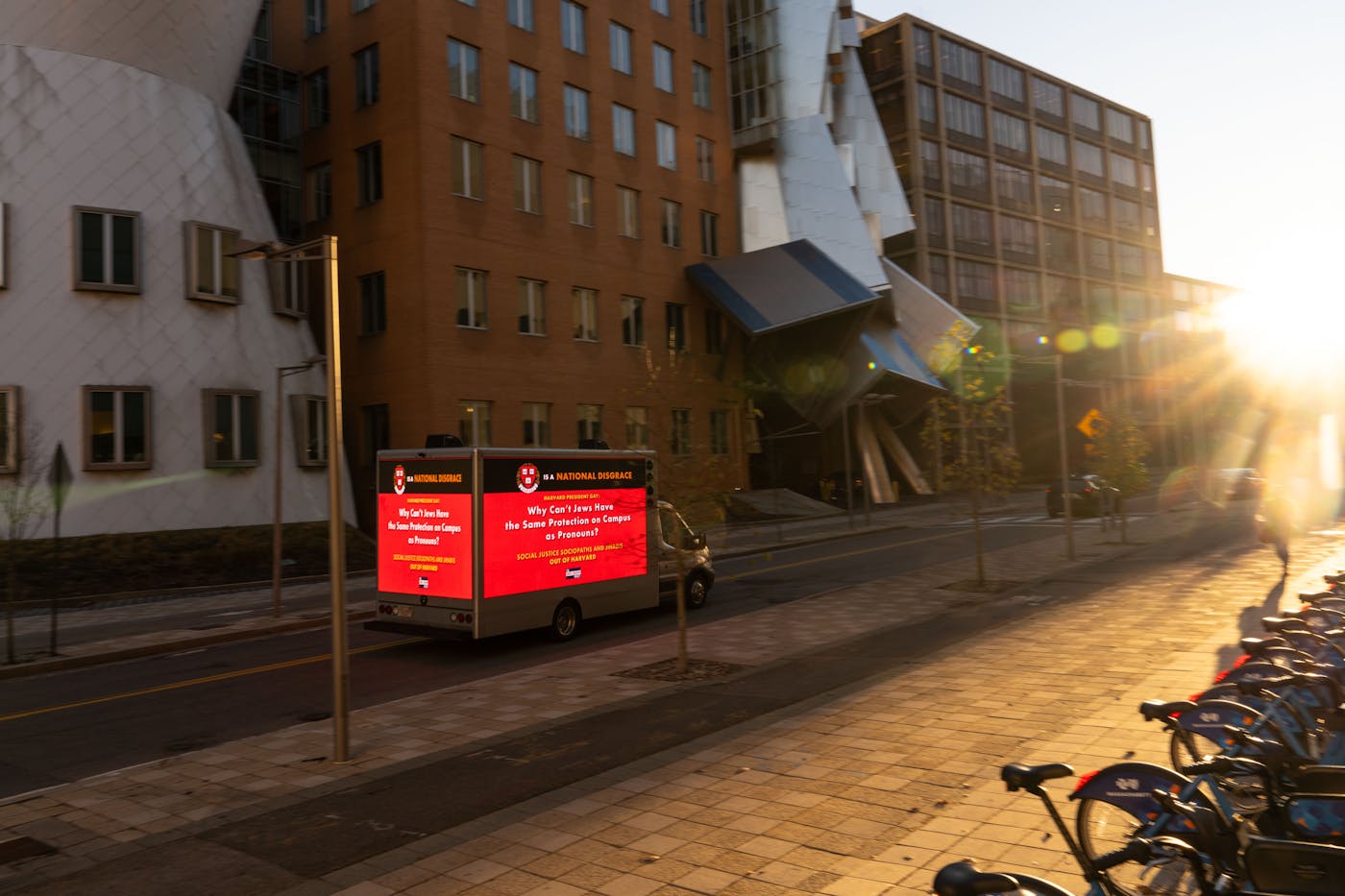
More than a half-century ago, power, Diner said, “was so much more diffuse.” Now, she said, it’s “just been so thoroughly, thickly concentrated.… Money is so much more important now in terms of the funding of institutions, the funding of programs.” On the other hand, the internet didn’t exist 70 years ago. Protest videos couldn’t go viral; Reform Jews and descendants of Reform rabbis and leaders could sign letters breaking from leadership, but they couldn’t circulate them online. If power is stronger, one could argue that challenges to it are, too.
But if there are obvious differences, there are also similar dynamics at play.
For one thing, as Clay Risen, author of the forthcoming Red Scare: Blacklists, McCarthyism and the Making of Modern America, due out in 2025, said, a rich part of the 1940s and 1950s was “this tension between different factions of Jews in America.” There were Jews standing with McCarthy (including Roy Cohn, his chief counsel and a prosecutor in the Rosenberg case). There were Jews in the ADL and AJC casting out Communist and socialist sympathizers. And there were the Jews being purged. Each of these groups saw an existential threat: a fight in which they and those who agreed with them were on the right side of history. The same could be said today of, for example, Sasha Senderovich, author of How the Soviet Jew Was Made, and COJECO, a New York-based group for Russian-speaking Jews, which, according to Senderovich, canceled his book talk over his social media posts criticizing Israel’s war on Gaza.
For another, “I think there’s an enormous amount of opportunism going on,” said Jonathan Jacoby, director of the Nexus Task Force, which emerged to create an alternative definition of antisemitism to the International Holocaust Remembrance Alliance, or IHRA, definition, which progressives argue could be used to equate criticism of Israel with antisemitism, thus chilling pro-Palestinian speech. He points to Israel’s special envoy for combating antisemitism, Michal Cotler-Wunsh, who said in November of last year that the only way to fight antisemitism is to define it, and that the IHRA definition should be used. Jacoby also mentioned a U.S. congressional investigation into antisemitism that will use subpoena power. This is in addition to a December House resolution that said anti-Zionism was antisemitism, which passed with 311 votes.
That some may be seizing the moment doesn’t mean that the fear felt isn’t real, that horror and uncertainty aren’t motivating factors now, just as they were then. “I think the fear and the ‘we don’t like these people anyhow’ are so connected,” said Diner, adding, “The people will call me an antisemite, or possibly you—I think they’re genuinely afraid.”
However, that doesn’t mean the fear isn’t also being used to clear out political disagreement. “This behavior of Jewish communal institutions in the ’50s to drive out the Communists, to go along with loyalty oaths and purging their own ranks … it is so like what’s going on now,” she added. Diner, who renounced Zionism in a 2016 Haaretz essay, said, “I’m constantly asked, ‘We’d love to have you speak here, but you’re a known antisemite.’... It’s the same thing as, ‘Have you ever been a Communist?’
“The rhetoric is so similar. The notion that Jewish life is so insecure that it cannot have within its ranks people who say, ‘Actually, the Soviet experiment is a really good one,’ or, ‘There shouldn’t be a constituted Jewish state, but a state of all of its people’—it’s the same thing.”
Balthaser offered that behind this exclusionary impulse is the idea that “the normative Jewish subject is a liberal patriot.” Anything outside of that is a threat to the sense of a cohesive American Jewish self-understanding. Here, too, he sees a paradox: “Zionism is no longer a part of American liberalism.” This only feeds the sense of crisis, which only exacerbates the desire to hold onto the paradigm.
Stefanie Fox, executive director of JVP, believes it’s in response to “sheer reality that anti-Zionist Jewish organizing is a fact, is growing by the day. More and more Jews of all ages are saying they’ve had it, they see clearly what is happening, they want to be on the side of justice and freedom.”
She also raised the question of whom, exactly, efforts to codify the IHRA definition or to conflate anti-Zionism with antisemitism are meant to help. “Who is it protecting? The state of Israel is not a person, it is not a Jew … but that’s the only entity being protected by the IHRA definition,” she said. That’s true of Israelis and Palestinians, she argued, but also of individuals in the United States, whose civil liberties can be attacked once a precedent has been established over pro-Palestinian speech and assembly. “It’s not a slippery slope,” she said. “It’s like an iced-over mountain.”
Others worry that, in focusing on pro-Palestinian activists, including Jews, mainstream Jewish groups are missing the work of the moment.
“This really intense policing of what people say, what people do, what people think … the thing that feels really scary as an American Jew in this country is that there is real antisemitism that I’m really scared about, I’m worried about,” said Matan Arad-Neeman, IfNotNow’s communications director. Belief in civil rights and democratic protections “only matter in the moments where there’s crisis, where there’s conflict, where there’s disagreement. It can’t just be when we all get along.”
“ADL’s mission ‘to stop the defamation of the Jewish people and secure justice and fair treatment to all’ hasn’t changed since Oct. 7,” wrote Jacobson. “We continue to speak up strongly against antisemitism and all forms of hate, wherever and whenever they arise. That said, in light of our unique expertise when it comes to fighting antisemitism, and particularly in this moment of crisis, our work to counter anti-Jewish hate remains a top priority.” And the ADL, he added, will not hesitate to continue to speak out when criticism of Israel negates Zionism.
Jacoby, a self-identified Zionist—“a strong enough Zionist that I’m not threatened by anti-Zionism”—sees an additional downside: “I worry the direction that’s being taken by the legacy groups is going to exclude so many Jews, especially younger Jews, that it weakens the community,” he said. “It’s not about Zionist/anti-Zionist. That’s, like, a Jewish Beltway thing.” The actual divide, he said, is about people who still care about Israel and people who have given up on it.
And the moment does need to be exactly like the Red Scare to concern those who will feel cast out or be cast out in the process. And so why this insistence that a Jew cannot really speak as a Jew and disagree? Why take this moment to try to codify definitions, or harden boundaries? To navigate identity, politics, civil rights, human rights, and what it means to be in community—all of this is hard. Why compound that?
“I don’t know,” said Jacoby. “The only thing that I would say: Sometimes the people who are the most threatened are the ones who are closest to us.”
